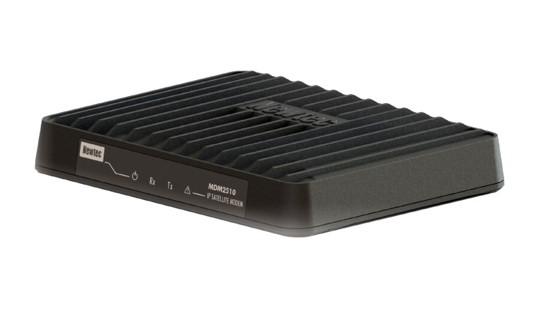No products in the cart.
In the realm of professional satellite communication solutions, the MDM2510 establishes itself with a profound competitive edge in data rates. The support for data rates up to 120/20 Mbps reflects a nuanced understanding of the intricate demands of contemporary connectivity. Let’s delve into the significance of this feature and how it positions the MDM2510 as a leading choice for high-speed data applications in professional settings.
1. Harnessing Maximum Bandwidth Potential
The MDM2510’s support for up to 120/20 Mbps transcends numerical superiority. It represents a strategic approach to unlocking the maximum potential of available bandwidth. This capacity empowers the modem to efficiently manage large-scale data traffic, making it an invaluable asset for professionals requiring robust and scalable communication solutions.
2. Dynamic Adaptability to Network Variability
In the professional landscape, network demands can be highly dynamic and unpredictable. The MDM2510’s competitive data rates showcase a remarkable adaptability to fluctuating network requirements. This adaptability is crucial for maintaining a consistently high level of performance, particularly during periods of heightened usage. Professionals can rely on the MDM2510 to ensure unwavering connectivity in diverse operational conditions.
3. Facilitating Real-time Professional Applications
Beyond sheer speed, the MDM2510’s data rates facilitate the seamless execution of real-time professional applications. Whether supporting high-definition video conferencing, facilitating real-time collaboration across distributed teams, or enabling mission-critical telemetry applications, the MDM2510 ensures that data is transmitted with minimal latency. This capability enhances the overall efficiency and effectiveness of professional communication.
4. Future-Proofing Communication Infrastructure
The competitive data rates of the MDM2510 extend beyond immediate needs; they signify a commitment to future-proofing communication infrastructure. In a professional context, where technology evolves rapidly, the MDM2510 stands as a strategic investment capable of scaling alongside advancing requirements. This forward-thinking approach ensures that professionals can rely on the MDM2510 as a sustainable and future-ready solution.
5. A Marked Differentiation in Performance
In a crowded market of satellite modems, the MDM2510’s data rate support serves as a key differentiator by offering a level of performance that transcends typical standards. This differentiation isn’t merely about speed; it’s about delivering a superior communication experience tailored to the sophisticated demands of professional connectivity. The MDM2510 sets a new standard for performance, making it an attractive choice for discerning professionals seeking excellence in their communication solutions.
In summary, the MDM2510’s competitive edge in data rates represents a strategic commitment to meeting and exceeding the demands of professional satellite communication. Its nuanced approach to bandwidth utilization, adaptability, real-time capabilities, future-proofing, and performance differentiation positions it as a premier choice for professionals in need of reliable and cutting-edge connectivity solutions.



 العربية
العربية Français
Français Português
Português گؤنئی آذربایجان
گؤنئی آذربایجان Türkçe
Türkçe Lietuviškai
Lietuviškai Español
Español Русский
Русский